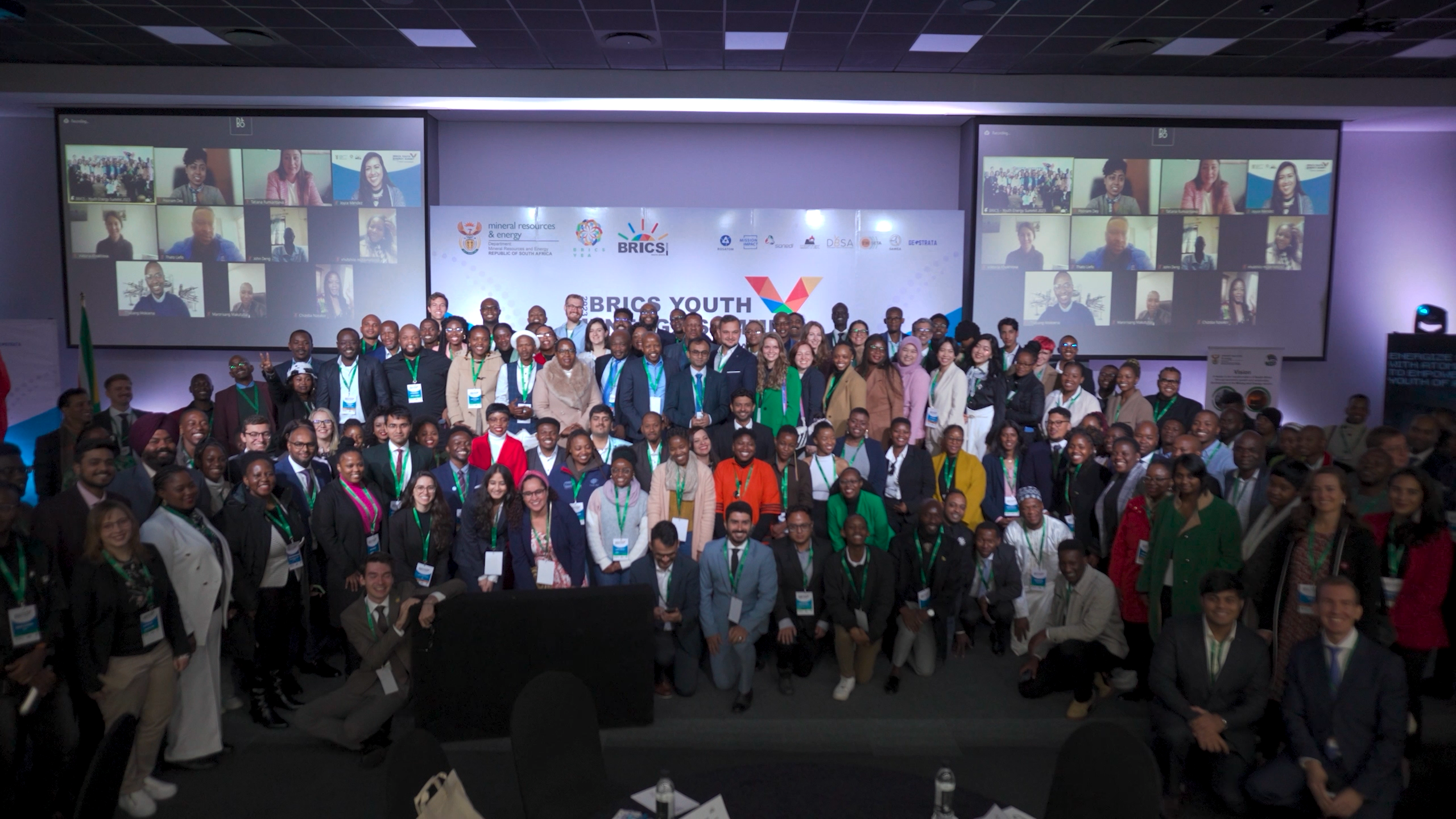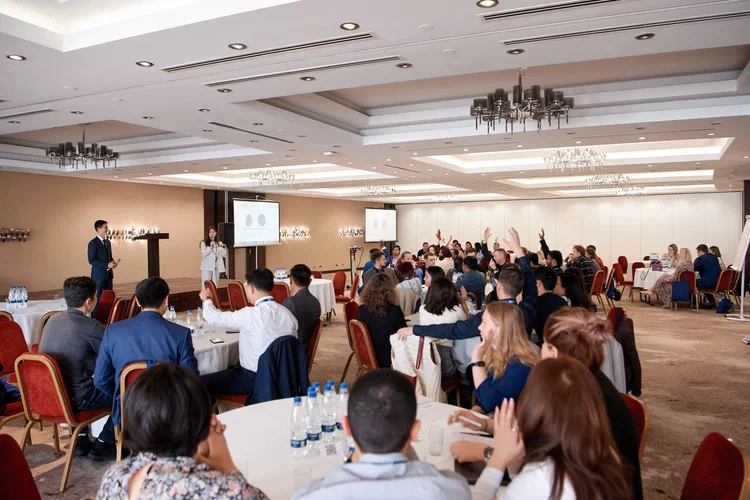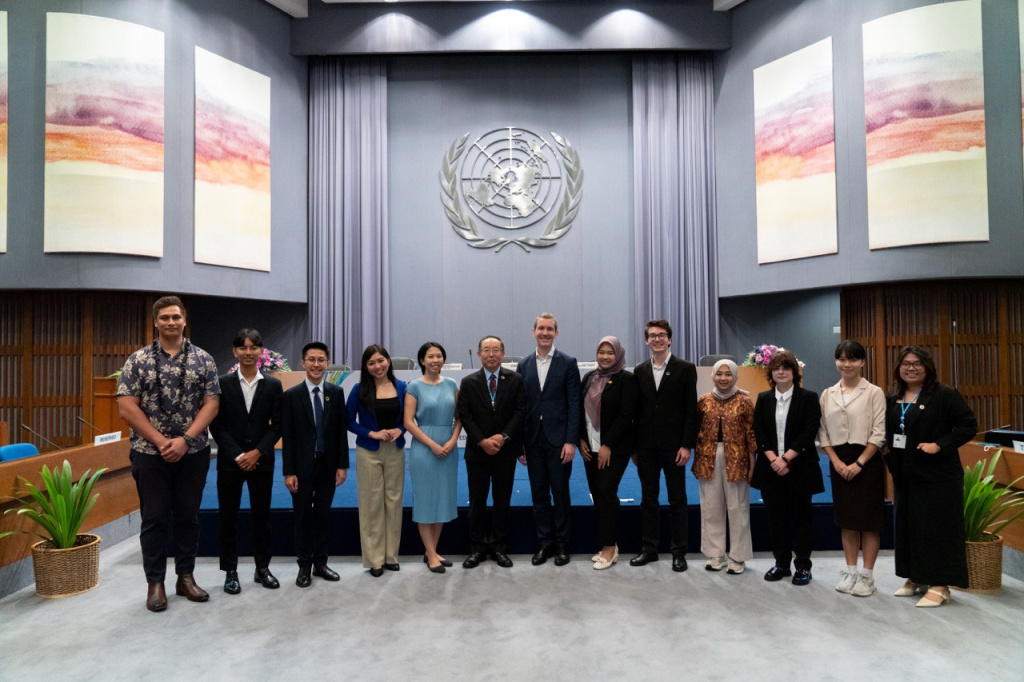-

Connect with Like-minded People
Energy Leaders, Professionals and Experts must have a platform to connect. Especially youth. BRICS YEA managed it.
-

Drive your expertise in Energy
Participate in Expert Groups and chat with young experts from the Global South, just like you are.
-

Collaborate and Act
Network to find a partner from youth and their organizations to drive action together in BRICS countries.

Welcome to an online platform to connect the community of the BRICS Youth Energy Agency
or
Don't have an account?Sign Up
